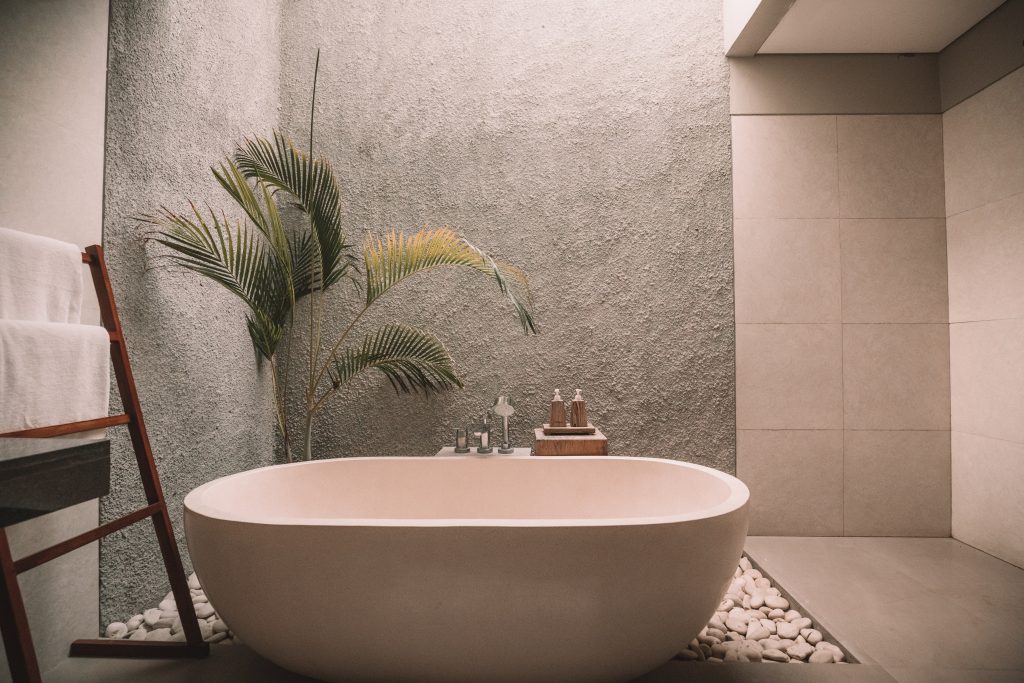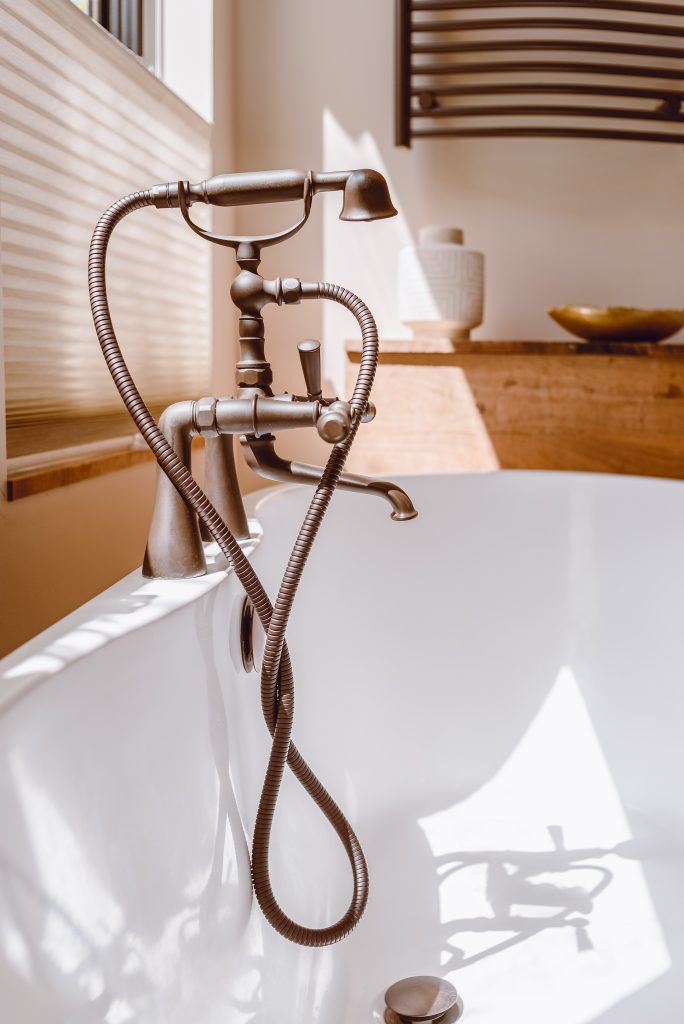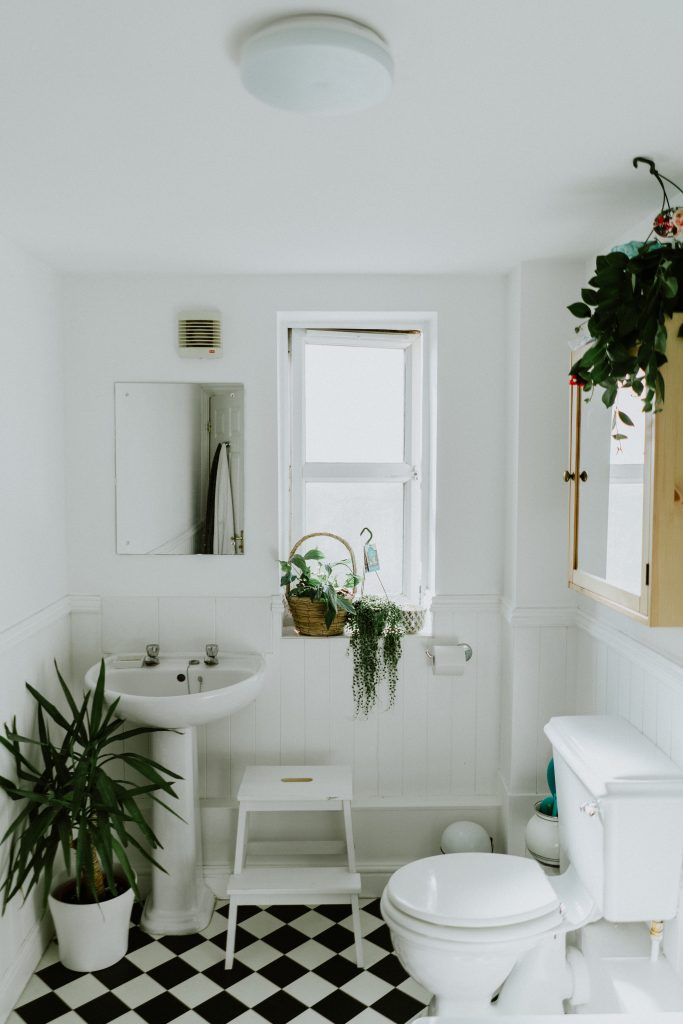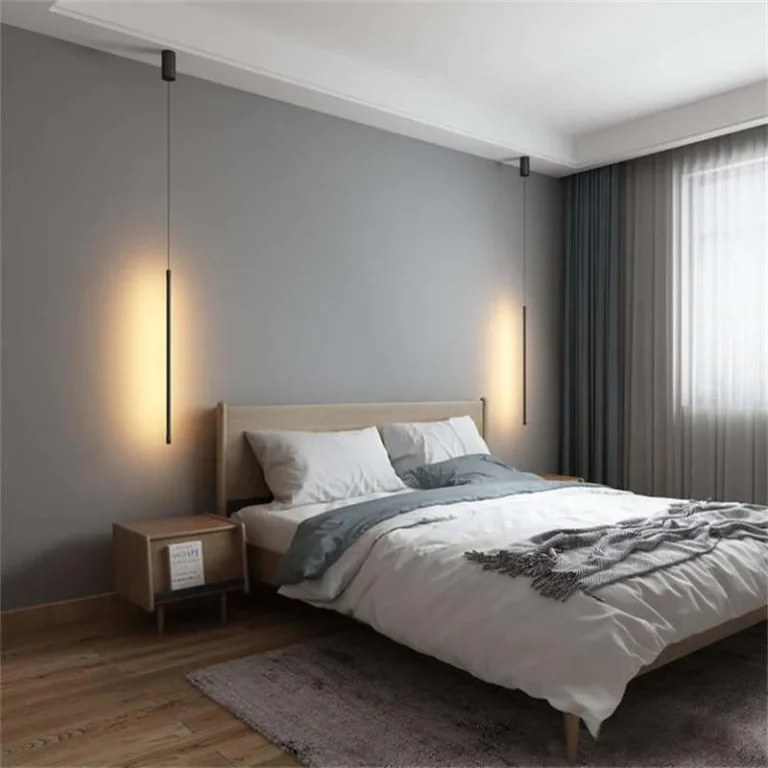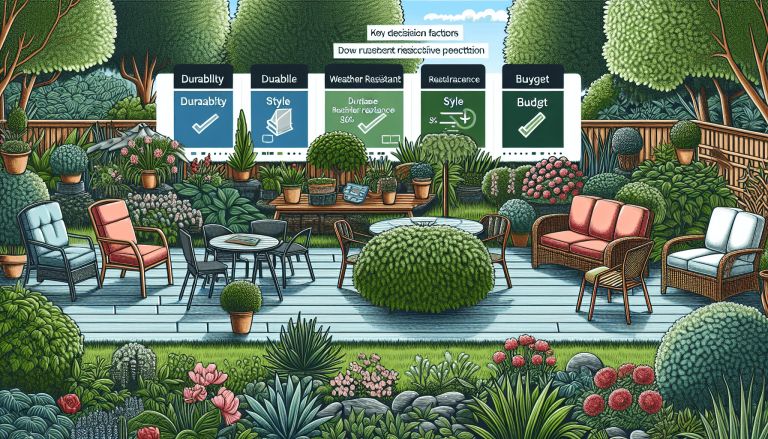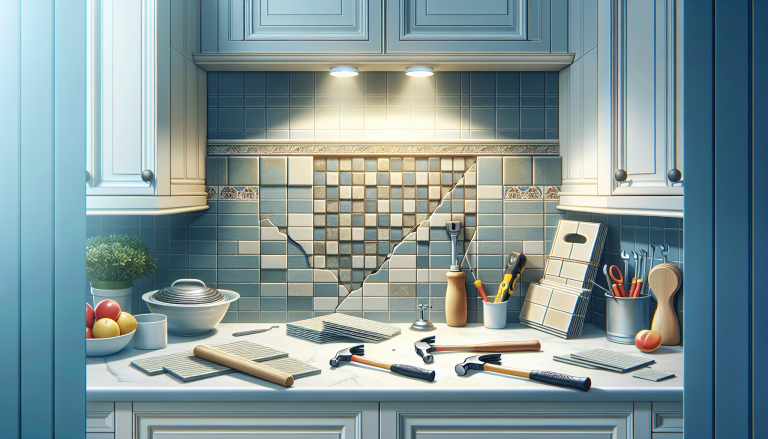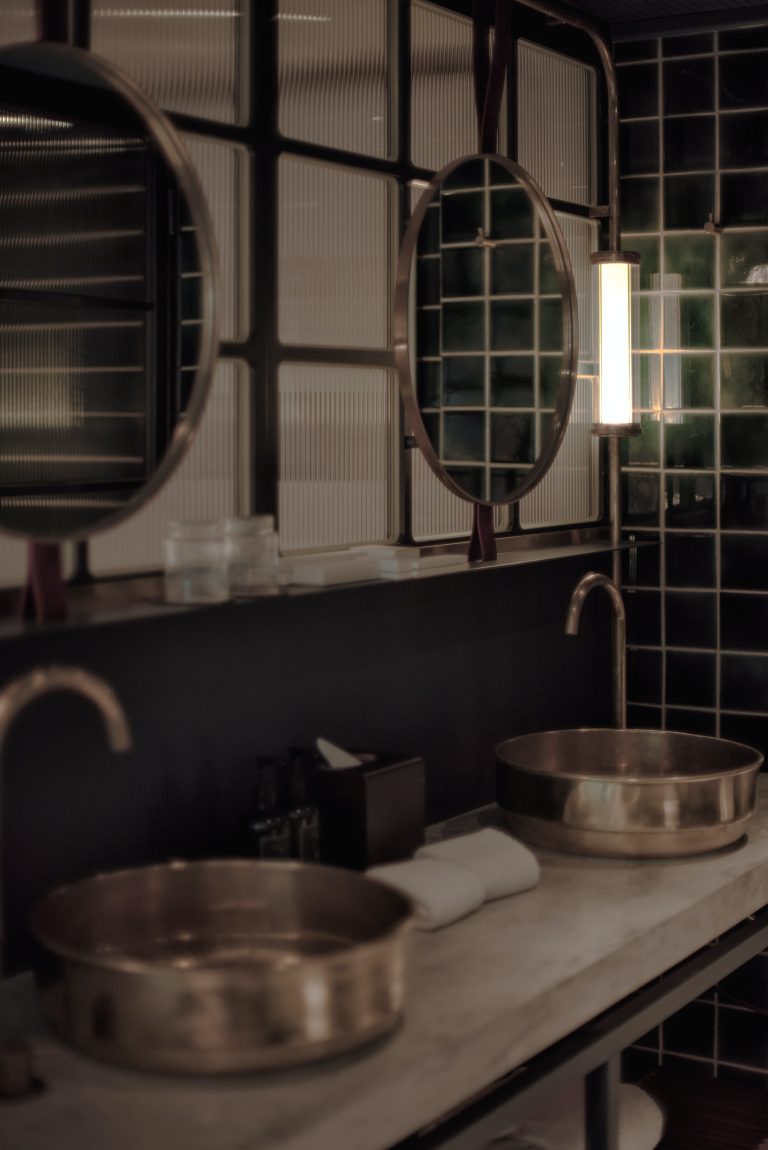When it comes to creating an environmentally conscious bathroom, there are numerous eco-friendly options that you can incorporate into the design. From water-saving fixtures to sustainable materials, these choices not only reduce your carbon footprint but also create a beautiful and functional space. In this article, we will explore some of the best eco-friendly options for a sustainable bathroom design, allowing you to make choices that positively impact both the planet and your daily routine. So, let’s explore how you can transform your bathroom into an oasis of sustainability.
Table of Contents
ToggleWater-Saving Fixtures
Low-flow toilets
When it comes to water-saving fixtures, low-flow toilets are a must-have for any sustainable bathroom design. These toilets are designed to use significantly less water than traditional models, helping to conserve this precious resource. By incorporating innovative flushing technology and efficient designs, low-flow toilets can reduce water consumption by up to 80%. Not only do they save water, but they also contribute to lower water bills, making them a practical and eco-friendly option for your bathroom.
Water-saving showerheads
Another important water-saving fixture for a sustainable bathroom design is a water-saving showerhead. These showerheads are designed to reduce water flow and minimize water wastage without compromising the shower experience. By incorporating features like flow restrictors and aerators, water-saving showerheads can save up to 50% of the water used by traditional showerheads. They help you save water and energy, as less hot water is needed for each shower, reducing your utility bills and the overall environmental impact.
Faucet aerators
Faucet aerators are small yet effective devices that can significantly reduce water usage in your bathroom. By adding air into the water stream, faucet aerators create a bubbling effect that maintains a consistent and powerful flow while reducing the amount of water used. These devices are easy to install and are compatible with most standard faucets. By installing faucet aerators on your bathroom sinks, you can conserve water without sacrificing functionality or convenience. Faucet aerators can save anywhere from 25% to 50% of water compared to regular faucets, making them an excellent addition to any sustainable bathroom design.
Alternative Flooring Materials
Bamboo flooring
Bamboo flooring has gained popularity in recent years as an eco-friendly alternative to traditional hardwood flooring. Bamboo is a fast-growing grass that can be harvested sustainably, making it a renewable and environmentally conscious choice. It is also highly durable and can withstand moisture, making it an ideal material for bathrooms. With its natural beauty and strength, bamboo flooring adds a touch of elegance to your sustainable bathroom design.
Cork flooring
Cork flooring is another excellent alternative for sustainable bathroom design. Made from the bark of the cork oak tree, this flooring material is renewable and biodegradable. Cork offers natural insulation and is resistant to water and mold, making it a practical choice for bathrooms. Its soft and warm surface provides a comfortable and slip-resistant flooring option, creating a cozy ambiance in your sustainable bathroom.
Recycled tile
Using recycled tile in your bathroom is a creative and eco-friendly choice that adds character and uniqueness to your design. Recycled tiles are made from various materials, including glass, porcelain, and ceramic, that have been salvaged and repurposed. By choosing recycled tiles, you give new life to discarded materials, reducing the demand for virgin resources. These tiles come in various colors, textures, and patterns, allowing you to personalize your sustainable bathroom design while minimizing your environmental impact.
Non-Toxic Paints and Sealants
VOC-free paints
Choosing VOC-free paints for your bathroom is crucial for maintaining a healthy and environmentally friendly space. VOCs, or volatile organic compounds, are chemicals found in many traditional paints that can be harmful to human health and contribute to air pollution. VOC-free paints are water-based and have little to no odor, making them a safer and eco-friendly option for your bathroom. They are available in a wide range of colors, ensuring that you can achieve the desired look without compromising your commitment to sustainability.
Natural oils and waxes
Natural oils and waxes are excellent alternatives to conventional sealants, offering a non-toxic and sustainable way to protect and enhance your bathroom surfaces. These products are derived from renewable resources and do not release harmful chemicals into the air. In addition to providing a protective barrier, natural oils and waxes enhance the natural beauty of wood and stone surfaces, giving your bathroom a warm and inviting feel. They are easy to apply and maintain, making them a practical choice for a sustainable bathroom design.
Water-based sealants
Water-based sealants are another eco-friendly option for sealing and protecting various surfaces in your bathroom. These sealants contain low levels of VOCs and are easy to apply and clean up. They provide a durable and long-lasting finish, ensuring that your bathroom remains protected from moisture and wear. By choosing water-based sealants, you can create a sustainable bathroom design without compromising on quality or durability.
Energy-Efficient Lighting
LED lighting
When it comes to energy-efficient lighting, LED (Light Emitting Diode) lights are the way to go. LED lights are highly efficient and consume significantly less energy than traditional incandescent bulbs. They last much longer, reducing the need for frequent bulb replacements, which ultimately reduces waste. LED lights also produce less heat, making them a safer option for your bathroom. With their versatility and range of color temperatures, LED lights can create the perfect ambiance in your sustainable bathroom design while saving energy and reducing your carbon footprint.
Compact fluorescent lamps (CFLs)
Compact fluorescent lamps, or CFLs, are another energy-efficient lighting option for your sustainable bathroom design. CFLs are designed to use a fraction of the energy used by traditional incandescent bulbs. They last up to ten times longer, making them a cost-effective option in the long run. CFLs are available in various shapes and sizes, allowing you to find the perfect fit for your bathroom fixtures. By replacing your incandescent bulbs with CFLs, you can significantly reduce your energy consumption and contribute to a greener environment.
Motion-sensor lights
Incorporating motion-sensor lights in your bathroom is a practical and energy-efficient choice. These lights are equipped with sensors that detect movement, automatically turning on and off as someone enters or leaves the bathroom. By eliminating the need to remember to turn off the lights, motion-sensor lights can significantly reduce energy wastage. They are especially useful in bathrooms where lights are often left on unintentionally. By installing motion-sensor lights in your sustainable bathroom design, you can ensure that energy is used only when needed, resulting in savings on your energy bills and a reduced environmental impact.
Ventilation Systems
Energy-efficient bathroom fans
Energy-efficient bathroom fans are an essential component of a sustainable bathroom design. These fans are designed to efficiently remove moisture, odors, and pollutants from your bathroom, promoting better indoor air quality. By using less energy than traditional fans, they help reduce energy consumption and contribute to lower utility bills. Energy-efficient bathroom fans are also quieter, making for a more pleasant and peaceful bathroom experience. By properly ventilating your bathroom, you can prevent mold and mildew growth, ensuring a healthier and more sustainable environment.
Natural ventilation techniques
In addition to using energy-efficient bathroom fans, incorporating natural ventilation techniques can further enhance the sustainability of your bathroom design. By strategically placing windows or vents, you can maximize air circulation and take advantage of natural airflow patterns. This allows fresh air to enter the bathroom and helps remove excess moisture and odors. Natural ventilation not only reduces the need for artificial ventilation but also adds a refreshing and airy atmosphere to your bathroom. By combining natural and mechanical ventilation, you can create a sustainable bathroom that is both efficient and naturally comfortable.
Heat recovery ventilators
Heat recovery ventilators, or HRVs, play a crucial role in maintaining energy efficiency in your bathroom. These devices are designed to extract stale, moist air from your bathroom while recovering the heat before it is expelled outside. The recovered heat is then used to preheat fresh incoming air, reducing the energy required to heat the air from scratch. HRVs help maintain a comfortable temperature in your bathroom while minimizing energy waste. By incorporating heat recovery ventilators into your sustainable bathroom design, you can ensure optimal ventilation without compromising on energy efficiency.
Recycled and Upcycled Materials
Reclaimed wood
Using reclaimed wood in your bathroom design is not only environmentally friendly but also adds a unique and rustic charm to your space. Reclaimed wood is salvaged from old buildings, barns, or other sources, giving new life to material that would otherwise go to waste. By repurposing this wood, you reduce the demand for new timber and help preserve forests. Reclaimed wood can be used for various bathroom elements, such as vanities, countertops, or accent walls, adding a touch of character and sustainability to your bathroom design.
Repurposed fixtures
Another way to incorporate recycled and upcycled materials into your sustainable bathroom design is by using repurposed fixtures. Instead of buying brand new fixtures, consider giving old fixtures a new purpose. For example, an old dresser can be transformed into a vanity, or an antique ladder can be used as a towel rack. By repurposing these items, you reduce waste and give neglected objects a new lease on life. Not only does this contribute to a unique and personalized design, but it also helps to create a more sustainable bathroom.
Recycled glass countertops
Recycled glass countertops are a striking and eco-friendly addition to any sustainable bathroom design. These countertops are made from recycled glass, such as old bottles or windows, which is crushed and combined with resin or cement to create a durable and visually appealing surface. By using recycled glass, you divert waste from landfills and conserve natural resources. These countertops come in a variety of colors and styles, allowing you to create a one-of-a-kind sustainable bathroom that showcases your commitment to the environment.
Dual Flush Toilets
How dual flush toilets work
Dual flush toilets are a water-saving option that allows users to choose between a full flush for solid waste and a reduced flush for liquid waste. This dual flushing mechanism is achieved by using different amounts of water for each type of waste, resulting in significant water savings. The reduced flush typically uses around 0.8 gallons (3 liters) of water, while the full flush uses around 1.6 gallons (6 liters). By having the option to choose the appropriate flush, dual flush toilets minimize water wastage and contribute to a more sustainable bathroom.
Advantages of dual flush toilets
There are several advantages to incorporating dual flush toilets into your sustainable bathroom design. Firstly, they provide a more efficient and effective flush for different types of waste, ensuring proper sanitation while minimizing water consumption. Secondly, dual flush toilets can lead to significant water savings, as they use less water per flush compared to traditional toilets. This reduces the strain on water resources and helps conserve water for future generations. Lastly, dual flush toilets can contribute to lower water bills, making them a practical and eco-friendly choice for your bathroom.
Popular dual flush toilet brands
When choosing a dual flush toilet for your sustainable bathroom, it’s essential to consider reputable brands that offer high-quality and water-efficient options. Some popular brands known for their dual flush toilets include Toto, American Standard, Kohler, and Caroma. These brands incorporate innovative flushing technology and designs that maximize water efficiency without compromising performance. By selecting a dual flush toilet from a trusted brand, you can ensure that your bathroom is not only environmentally friendly but also functional and reliable.
Gray Water Systems
Types of gray water systems
Gray water systems are designed to collect and reuse water from sources like sinks, showers, and washing machines for non-potable purposes such as toilet flushing or landscape irrigation. There are two main types of gray water systems: gravity-based systems and pumped systems. Gravity-based systems rely on the force of gravity to distribute gray water, while pumped systems use pumps to transport the water. Each type has its advantages and considerations, depending on factors such as the layout of your home and local regulations. By installing a gray water system, you can significantly reduce your water consumption and contribute to a more sustainable bathroom.
Benefits of gray water systems
Gray water systems offer several benefits for your sustainable bathroom design. Firstly, they help conserve water by reusing water that would normally go down the drain. This reduces your reliance on freshwater sources and lowers your overall water consumption. Secondly, gray water systems can contribute to lower water bills, as you are using less potable water for non-potable purposes. Thirdly, reusing gray water in your landscape irrigation can promote healthier and more resilient plants, reducing the need for synthetic fertilizers and chemicals. By incorporating a gray water system, you can create a more sustainable and water-efficient bathroom.
Installation and maintenance tips
Proper installation and maintenance are crucial for the effective and safe operation of a gray water system in your bathroom. It is recommended to consult with a professional plumber or contractor experienced in gray water systems to ensure compliance with local regulations and best practices. Regular maintenance, such as cleaning filters and checking for leaks, is essential to keep the system functioning optimally. Additionally, it’s important to use environmentally friendly and biodegradable products to minimize the impact on your gray water system. By following these installation and maintenance tips, you can maximize the benefits of your gray water system and enjoy a truly sustainable bathroom.
Solar Water Heaters
How solar water heaters work
Solar water heaters use the sun’s energy to provide hot water for your bathroom needs. These systems consist of solar panels, also known as collectors, that absorb sunlight and convert it into heat. The heated water is then stored in a tank for later use. A backup system, such as an electric or gas heater, is often included to ensure hot water availability during periods of low sunlight. By harnessing the renewable energy of the sun, solar water heaters provide a sustainable and cost-effective solution for heating water in your bathroom.
Benefits of solar water heaters
There are numerous benefits to incorporating solar water heaters into your sustainable bathroom design. Firstly, solar water heaters significantly reduce your reliance on fossil fuels, as they rely on a clean and renewable source of energy – the sun. This reduces greenhouse gas emissions and helps combat climate change. Secondly, solar water heaters can lead to substantial energy savings, as the sun’s energy is free. This can translate into lower utility bills and a quicker return on investment. Lastly, solar water heaters provide a reliable source of hot water, even during power outages, ensuring comfort and convenience in your bathroom.
Different types of solar water heating systems
There are two main types of solar water heating systems: active systems and passive systems. Active systems use pumps or controllers to circulate water between the collectors and the storage tank, ensuring optimal heat transfer. These systems are generally more efficient and suitable for larger households or areas with low solar exposure. Passive systems, on the other hand, rely on natural water circulation and gravity to circulate water, requiring minimal or no external energy. These systems are simpler and more cost-effective, making them an ideal choice for smaller households or regions with ample solar exposure. By choosing the right type of solar water heating system for your needs, you can enjoy the benefits of sustainable and cost-effective hot water in your bathroom.
Composting Toilets
How composting toilets work
Composting toilets provide a sustainable and waterless alternative to traditional flush toilets. These toilets use the natural process of decomposition to break down waste into compost, which can then be safely used as fertilizer for plants. Composting toilets separate liquid waste from solid waste, promoting aerobic decomposition and helping manage odors. Some systems use fans and vents to optimize the composting process and evaporate excess moisture. By composting waste instead of flushing it away, these toilets eliminate the need for water and the associated energy required for treatment and disposal.
Advantages of composting toilets
Composting toilets offer several advantages for your sustainable bathroom design. Firstly, by eliminating the need for water, these toilets can significantly reduce your water consumption and help conserve this valuable resource. This is especially beneficial in areas prone to water scarcity or experiencing drought conditions. Secondly, composting toilets contribute to the production of nutrient-rich compost, which can be used to enrich soil and promote plant growth. This promotes a closed-loop system, reducing the need for synthetic fertilizers and the environmental impact of waste disposal. Lastly, composting toilets are often more cost-effective in the long run, as they eliminate the need for a water supply, sewage infrastructure, and associated maintenance costs.
Considerations when choosing a composting toilet
Before choosing a composting toilet for your sustainable bathroom, there are a few considerations to keep in mind. Firstly, local regulations and codes may dictate the type and installation requirements for composting toilets. It’s essential to research and ensure compliance with these regulations to avoid any potential issues in the future. Secondly, the size and capacity of the composting toilet should be suitable for your household’s needs. Consider factors such as the number of users, frequency of use, and available space. Lastly, it’s important to familiarize yourself with the maintenance requirements of the composting toilet, including regular emptying of the compost and proper maintenance of ventilation systems. By carefully considering these factors, you can choose a composting toilet that meets your needs and contributes to a sustainable and environmentally friendly bathroom design.
In conclusion, creating a sustainable bathroom design involves considering various eco-friendly options and incorporating them into different aspects of your bathroom. Water-saving fixtures like low-flow toilets, water-saving showerheads, and faucet aerators help conserve water and reduce water bills. Alternative flooring materials such as bamboo flooring, cork flooring, and recycled tiles offer renewable and biodegradable options that add character to your bathroom. Non-toxic paints, natural oils, and water-based sealants help create a healthier and eco-friendly environment. Energy-efficient lighting options like LED lights, CFLs, and motion-sensor lights reduce energy consumption and lower utility bills. Ventilation systems such as energy-efficient bathroom fans, natural ventilation techniques, and heat recovery ventilators promote better air quality and energy efficiency. Incorporating recycled and upcycled materials like reclaimed wood, repurposed fixtures, and recycled glass countertops adds uniqueness and reduces waste. Dual flush toilets provide an efficient way to save water and lower water bills. Gray water systems and solar water heaters contribute to water conservation and the use of renewable energy. Composting toilets offer a sustainable and waterless solution for waste management. By considering these eco-friendly options and implementing them in your bathroom design, you can create a sustainable and environmentally conscious space that benefits both you and the planet.

